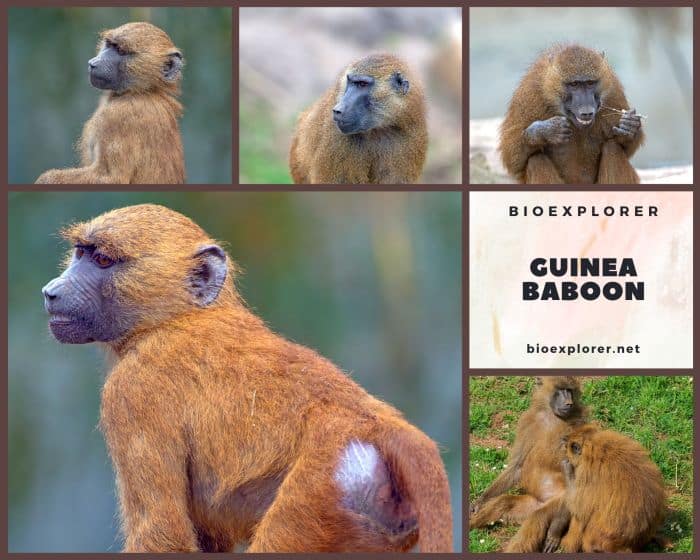
| Animalia | Primates | Cercopithecidae | Papio | Papio papio |
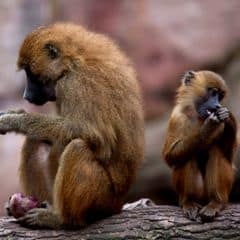

- Common Name: Guinea Baboon
- Taxonomy Classification Year: 1820
- Monkey Size: 50.8 to 114.3 mm (20.00 to 45.00 in)
- Skin Color(s): Reddish-brown
- Habitat: Savanna or grassland, forest, rainforest
- Diet: Omnivorous
- Native Countries: Guinea, Senegal, Gambia, Mauritania, Mali
Guinea Baboon Distribution
Guinea Baboon Characteristics
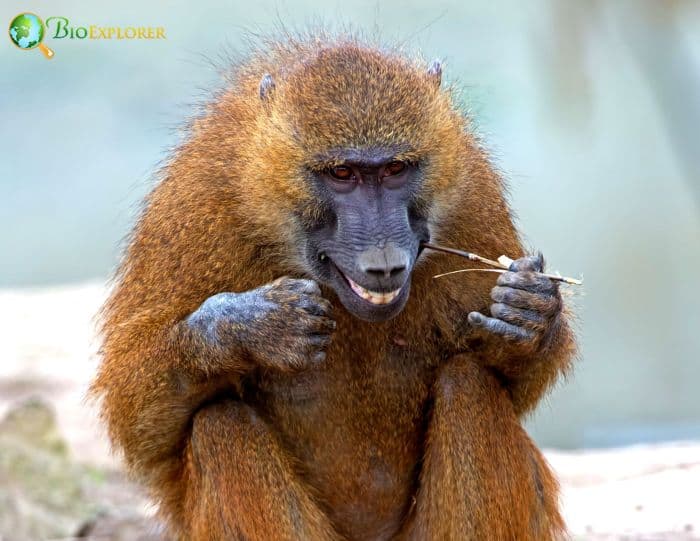
The Guinea baboon[1] (Papio papio) is a baboon of the Old World monkey family.
- Some (older) classifications only list two species of the Papio genus, this one and the Hamadryas baboon.
- The fur of Papio papio is reddish-brown in color with a considerable geographic variation.
- Those individuals from the western part of the range are lighter and conspicuously red than those from the eastern part, where the individuals are darker and more tan.
- Unlike many other baboon species, the Guinea baboon characteristically displays the same coat color on the cheeks, back, arms, and abdomen.
- Individual hairs have multiple color bands and a wavy texture. The skin on the face of this species is purplish-black.
- The moderate amount of visible hairless skin around the anal area in males is pink in color.
- Female anogenital skin changes color based on reproductive status and age.
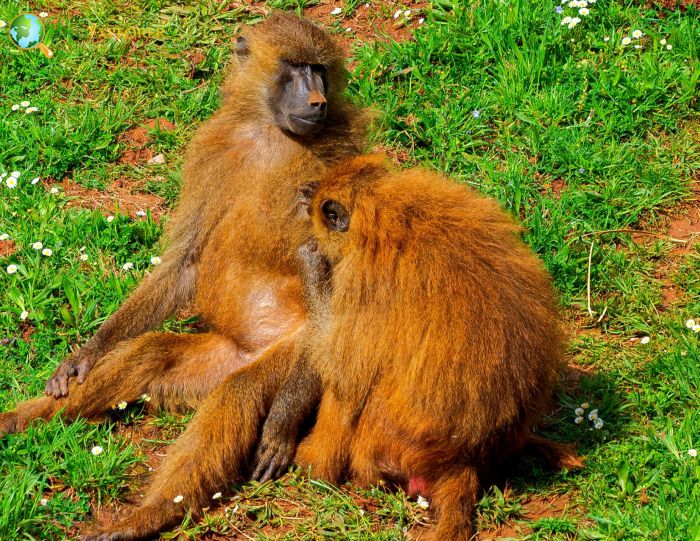
Guinea Baboon Facts
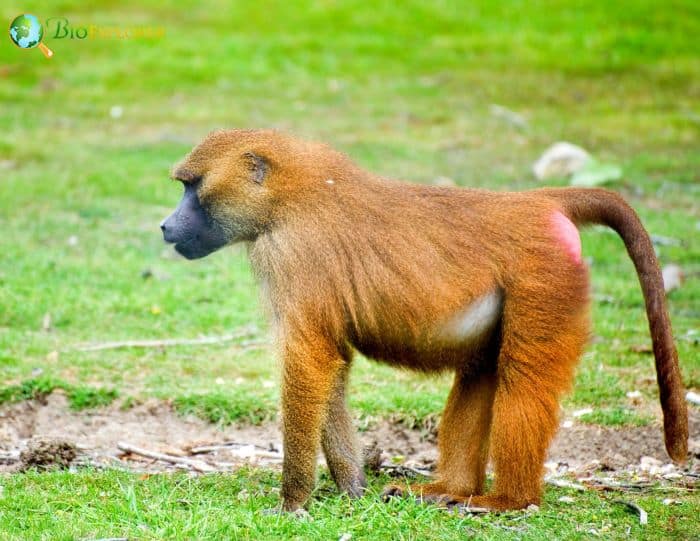
- When walking, these baboons support their weight on the bottom of their toes in front and on the entire sole of their feet.
- The social structure of Guinea baboons is apparently complex, similar to that of Hamadryas baboons.
- Resting sites are significant limiting factors in the dispersal and movement of baboons. Consequently, Guinea baboons mainly sleep in large kapok trees or palm trees.
- Unlike Chacma baboons (P. ursinus), which often sleep in burrows, Papio papio appears to enter burrows to lick the walls. This geophagy may be a means for animals to obtain essential salts.
- Among the vocalizations of Guinea, baboons are several loud calls that can be heard over great distances and quieter calls that are typically used in more intimate settings.
Suggested Reading: All Different Types of Monkeys
Cite This Page
APA7MLA8Chicago
BioExplorer.net. (2025, July 11). Guinea Baboon. Bio Explorer. https://www.bioexplorer.net/animals/mammals/monkeys/guinea-baboon/.
BioExplorer.net. "Guinea Baboon" Bio Explorer, 11 July 2025, https://www.bioexplorer.net/animals/mammals/monkeys/guinea-baboon/.
BioExplorer.net. "Guinea Baboon" Bio Explorer, July 11 2025. https://www.bioexplorer.net/animals/mammals/monkeys/guinea-baboon/.











